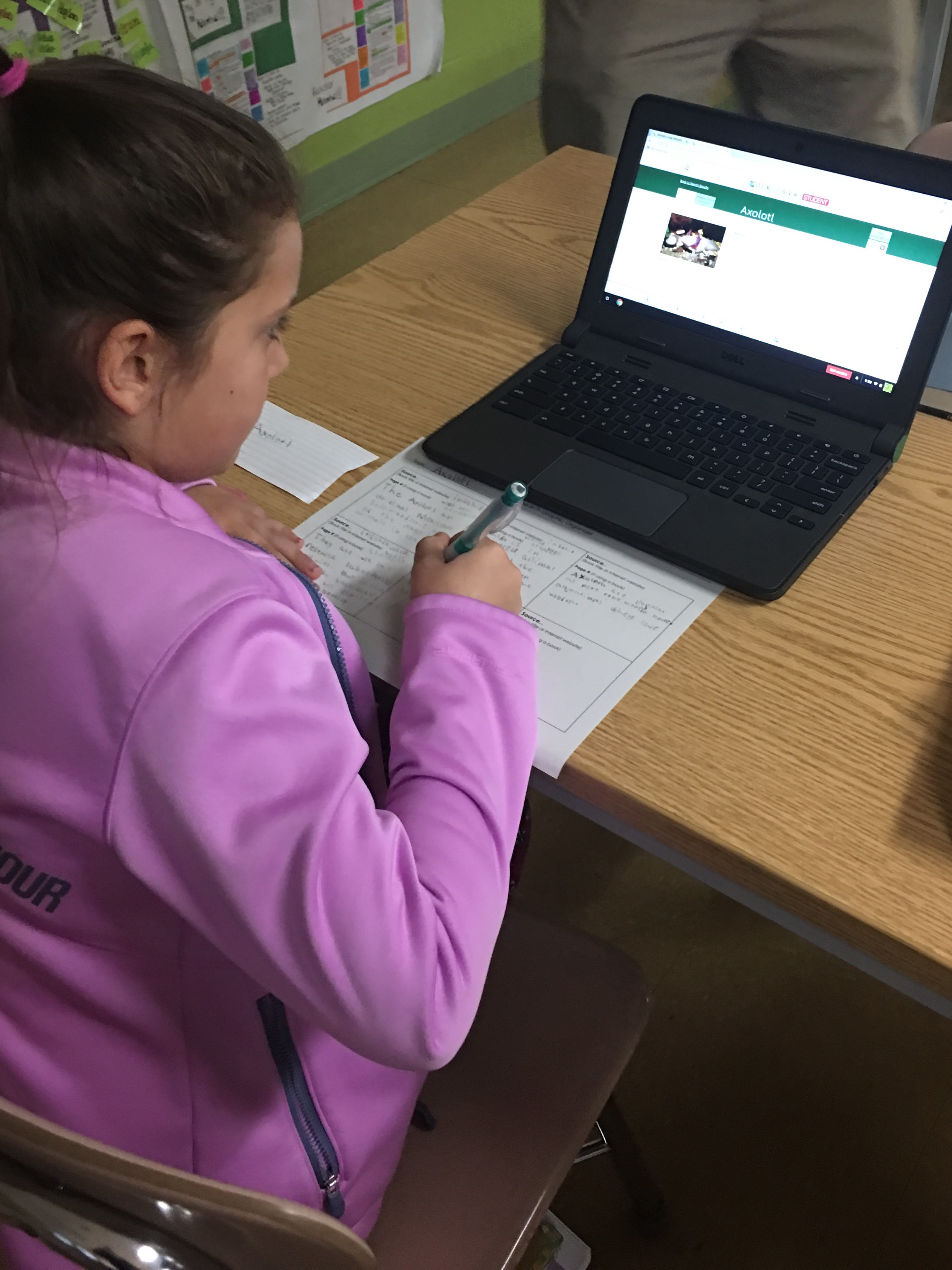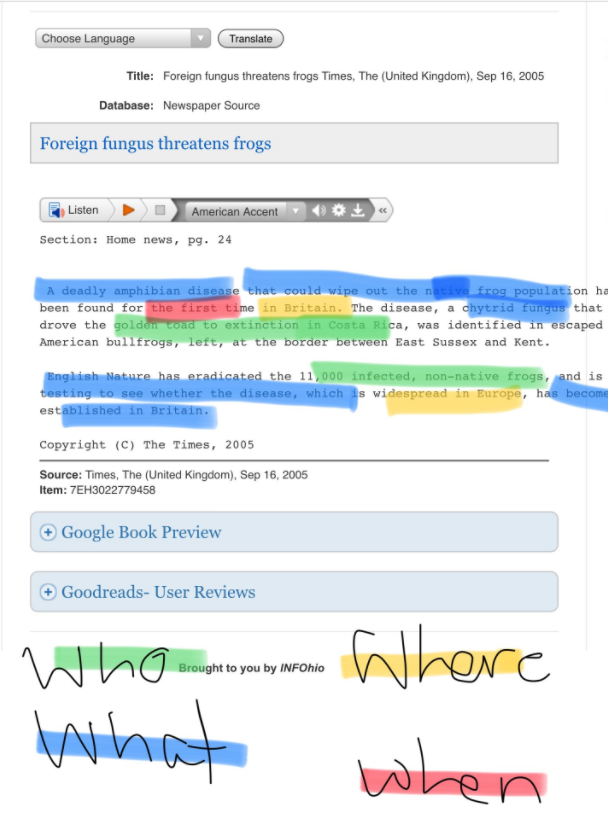Author // Emily Rozmus Thursday, 01 February 2018
Imagine a classroom where students are all reading and interacting with each other about the text, but there is little talking. A few students sit in groups, sharing a computer or tablet, whispering and pointing to what they notice. Some students are sitting alone, typing or using the annotation features to respond to the digital text they are reading on their device. Headphones read aloud text for students who choose that option. Other students are at the front of the room with the teacher. Projected on the whiteboard is an eBook, and the students are taking turns going up and interacting with the text using a dry erase marker, quietly explaining their work. Later, the work the students have done as readers will be shared, and the teacher will review the learning and send it out to parents for an update.

Despite the lack of noise pollution in the classroom, this is an example of building a community of readers. Using digital text and tools is a way to engage readers in text, as well as empower them with one of the most critical needs for their future—digital literacy. Digital literacy is not just reading digital text. This skill, defined as "the ability to compose and communicate using digital technologies as well as how to comprehend and evaluate information in digital forms" was named in the 2018 Winter edition of the International Literacy Association's Literacy Today as the number one "Hot Topic," a trending topic that receives a great deal of attention from stakeholders—teachers, parents, legislators, and media. However, it appears nowhere in the list of "Important Topics," those that are viewed as the most necessary to ensure that all learners are increasingly literate. Why the discrepancy in members' views? Many people have a misconception about the level of digital literacy young learners have, believing that because they are knowledgable in the ways to use techonology to play, they are also literate when using it to learn or work. Because of this, it is important to provide educators with the tools they need to truly help learners become digitally literate. INFOhio is dedicated to providing high-quality digital content, resources, and tools to students and teachers in Ohio that will develop the necessary skills for early literacy, inquiry, and college and career readiness.
On a recent visit to Graham Local School district, INFOhio staff visited the 4th grade classroom of teacher Amber Johnson. Students sat in groups or alone with Chromebooks, reading and taking notes to answer questions they had developed previously. Each student used an INFOhio resource—World Book Kids and BookFlix to find information that would help answer their question. Because the students had chosen their own topics, they seemed even more engaged in their work. They were focused on solving a problem and their reading was purposeful.


And, students weren't learning in a vacuum; they worked in groups and talked about their question and explored the resources together. These 4th graders were a community of readers who were comfortable using their devices and the digital content for critical thinking and problem solving. This is an example of digital literacy.
If you are interested in developing a community of digitally literate readers, here are some tips to help you get started:

Emily Rozmus is a Senior Instructional Specialist at INFOhio. She has worked in education for more than 30 years, first as a secondary English teacher and district librarian before starting at INFOhio in 2013. Emily has developed district growth plans, integrated technology, created instruction for information literacy, fostered teacher development, and worked on teams to implement curriculum. At INFOhio, she focuses on training educators to use INFOhio resources to improve early learning. She also works to share research and best practices for helping students be better readers of INFOhio's digital text.
Fetch is avaiable to INFOhio automated schools. If you are an INFOhio school, please log in with your school username/password using the button at the top-left corner of this page.
For more information about Fetch, please visit the Fetch information page or contact INFOhio support at https://support.infohio.org.